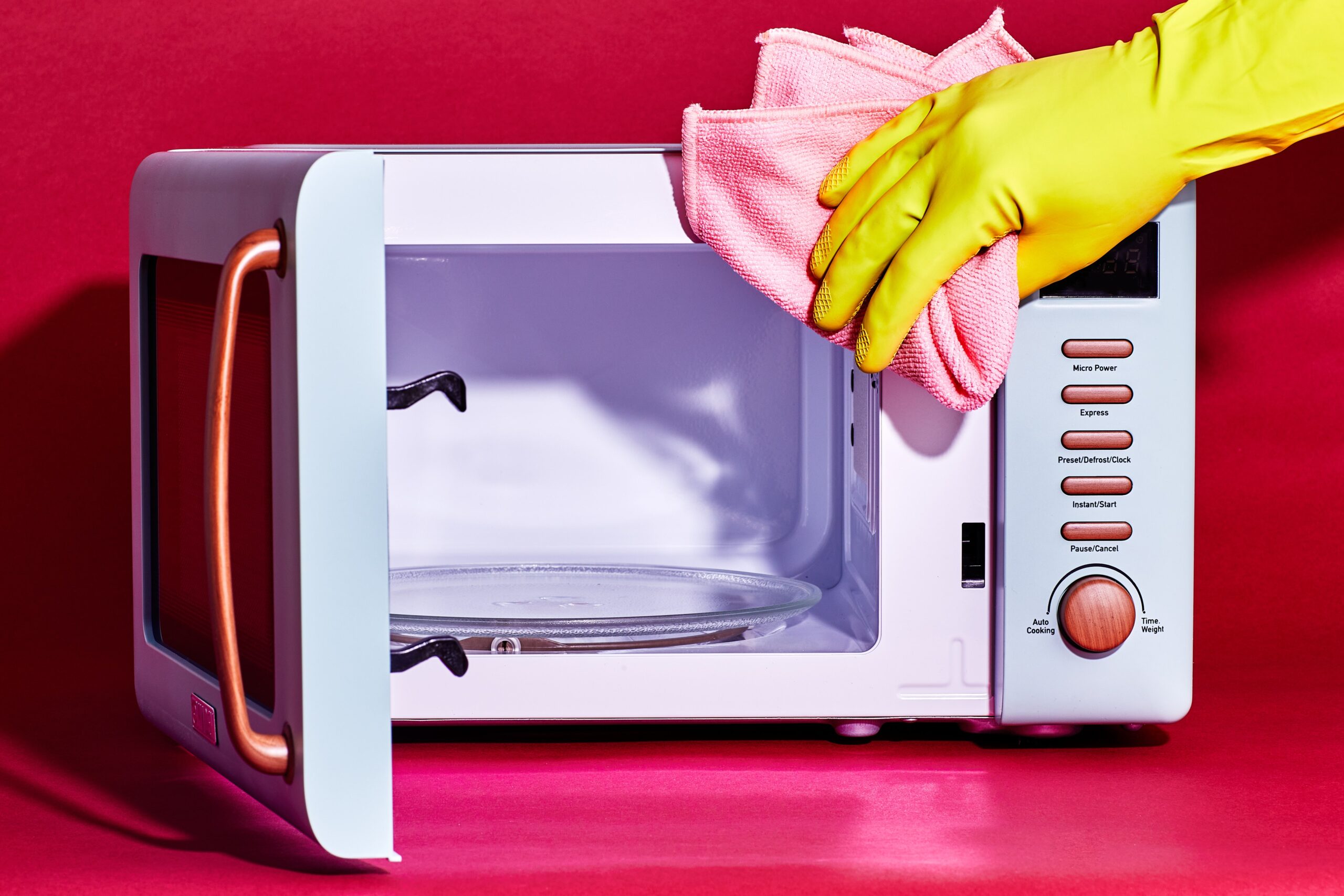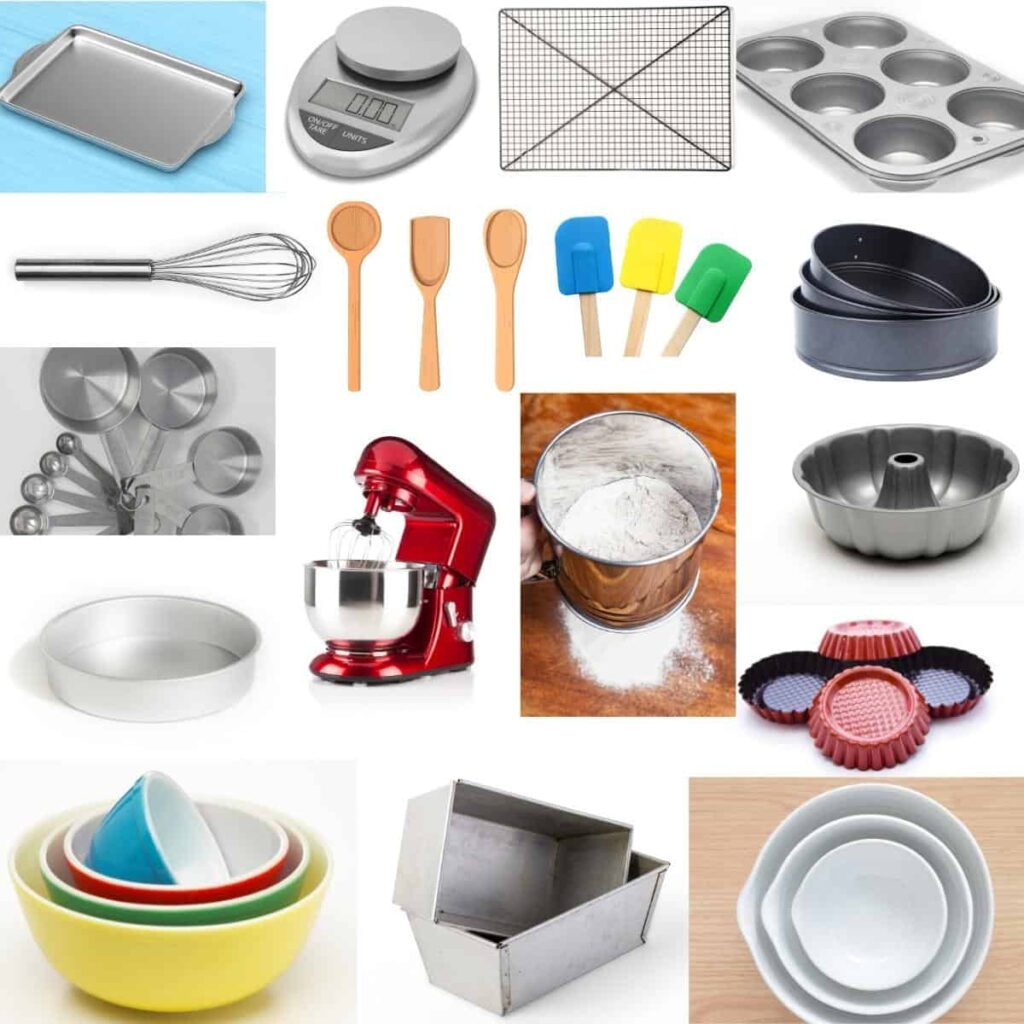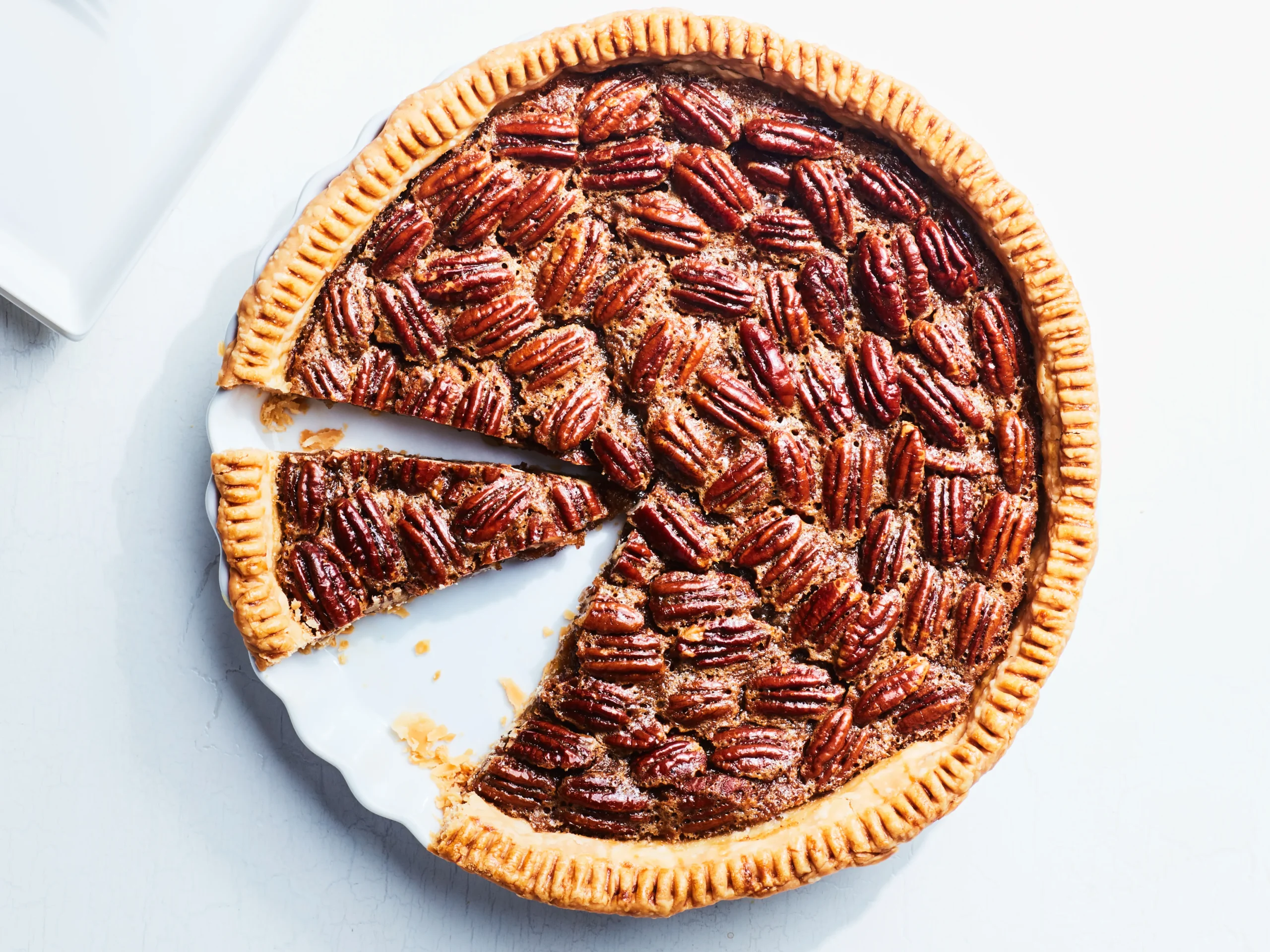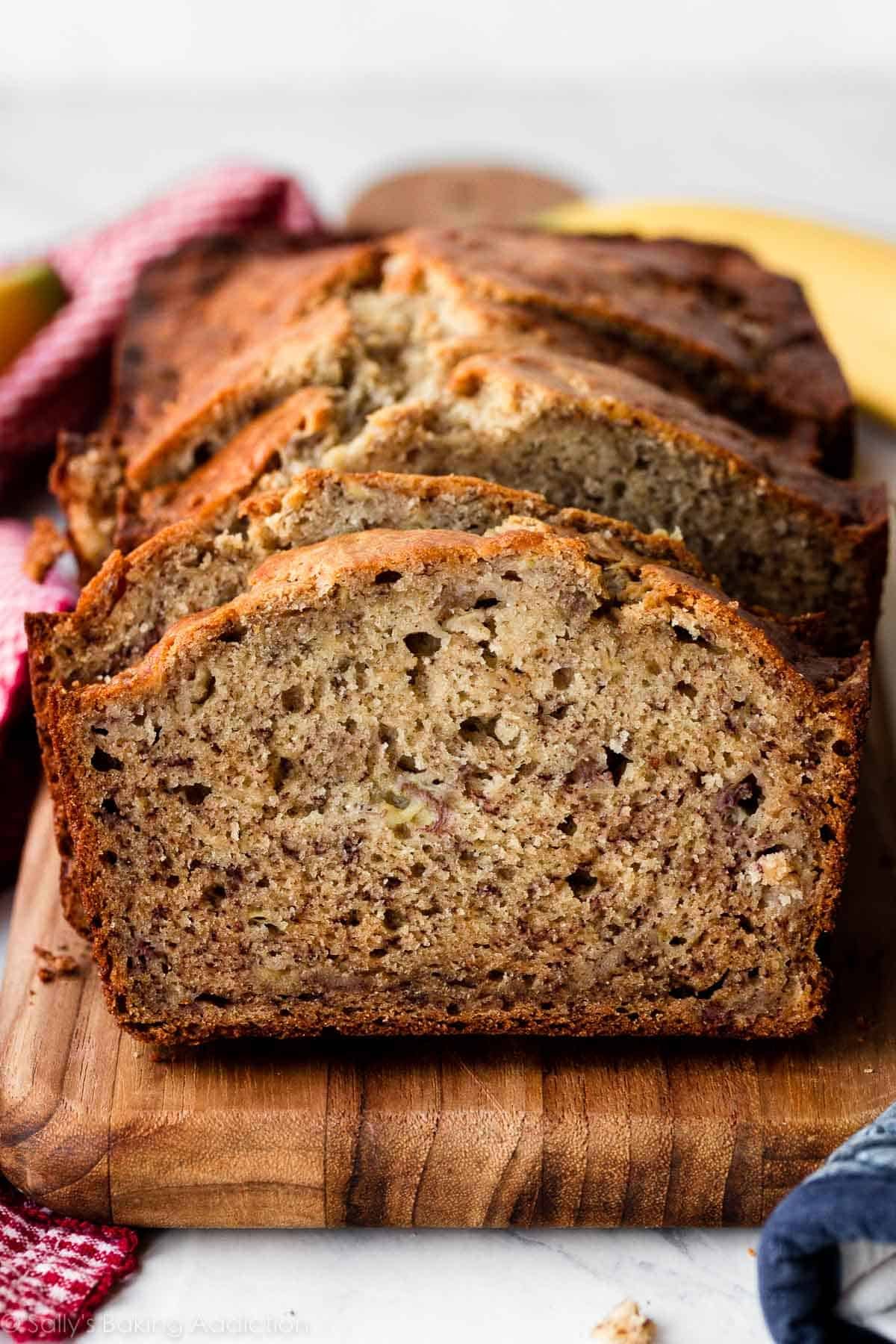A microwave is a kitchen appliance used for cooking, heating, and defrosting food quickly and conveniently. This small electronic device uses microwave radiation to heat the water molecules inside food, which generates heat and cooks the food efficiently.
The microwave oven is a common household appliance that has revolutionized the way people prepare meals. With its quick cooking times and convenient features, the microwave has become an essential tool in modern kitchens. Whether you need to warm up leftovers, cook a frozen meal, or defrost meat in a hurry, the microwave offers a fast and efficient solution.
It is a versatile and time-saving appliance that has simplified cooking for many people.
Table of Contents
Choosing The Right Microwave
Choosing the right microwave for your kitchen can greatly enhance your cooking experience. With so many options available, it’s important to consider several factors before making a purchase. In this article, we will explore the key factors to consider, the microwave features to look for, and how to determine the appropriate size for your needs.
Factors To Consider When Buying A Microwave
Before buying a microwave, there are a few important factors to consider:
- Power: The power of a microwave is measured in watts and determines how quickly and evenly your food will be cooked. Higher wattage microwaves tend to cook faster and more efficiently. If you frequently cook larger quantities or need to defrost items quickly, a higher wattage microwave is recommended.
- Size and Capacity: Microwaves come in various sizes and capacities. To determine the appropriate size for your needs, consider the available space in your kitchen as well as the types of dishes you plan to cook or reheat. If you often handle larger casseroles or baking dishes, opt for a larger capacity microwave.
- Cooking Programs and Features: Modern microwaves come with a variety of cooking programs and features that can make your cooking experience effortless. Look for microwaves with features such as sensor cooking, auto-defrost, and pre-programmed settings for specific food items. These features can save you time and effort in the kitchen.
- Style and Design: Microwaves come in different styles and designs to match your kitchen decor. Consider the overall aesthetics of your kitchen and choose a microwave that complements the existing appliances and color scheme.
Microwave Features To Look For
When browsing for a microwave, keep an eye out for the following features:
- Turntable: A turntable ensures even cooking by rotating the food during the cooking process. Look for a microwave with a sturdy and removable turntable for easy cleaning.
- Child Lock: If you have young children at home, a child lock feature can prevent accidental operation of the microwave and ensure their safety.
- Quick Touch Controls: Microwaves with intuitive and easy-to-use control panels make it convenient to quickly set cooking times and power levels.
- Convection Cooking: Some microwaves come with convection cooking capabilities, allowing you to bake and brown food in addition to regular microwave functions. This feature can be especially useful if you have limited oven space.
Determining The Appropriate Size For Your Needs
To determine the appropriate size for your microwave, consider how you plan to use it and the available space in your kitchen. If you primarily use a microwave for reheating leftovers or small food items, a compact or mid-size microwave should suffice. However, if you frequently cook meals in the microwave or have a large family, a larger capacity microwave may be necessary.
Measure the space where the microwave will be placed and ensure that the dimensions of the microwave are suitable. It’s also important to consider the interior space of the microwave. Be sure to check the capacity and dimensions of the microwave’s cooking cavity to ensure it can accommodate your preferred cooking dishes and containers.
By considering these factors and assessing your needs, you’ll be able to choose the right microwave that suits your cooking style and kitchen requirements. Whether you’re a busy professional, a passionate home cook, or simply in need of a reliable appliance to quickly heat up leftovers, finding the perfect microwave is an investment that will enhance your culinary adventures.
Different Types Of Microwaves
Microwaves come in various types, including countertop, over-the-range, and built-in models. They offer convenience and quick cooking options for busy households. Choose the microwave that best fits your needs and kitchen space.
Different Types of Microwaves
Microwaves have become an essential kitchen appliance, making our lives simpler and more convenient. However, with various types of microwaves available in the market, it can be overwhelming to choose the right one for your needs. In this article, we will explore four different types of microwaves: countertop microwaves, over-the-range microwaves, built-in microwaves, and drawer microwaves.
Countertop Microwaves
Countertop microwaves are the most common type found in households. As the name suggests, these microwaves are designed to be placed on the kitchen countertop. They come in various sizes, from compact models suitable for small kitchens to larger ones capable of handling family-sized meals. Countertop microwaves offer the flexibility of being easily moved around and are also generally more affordable compared to other types.
Over-the-range Microwaves
Over-the-range microwaves, often referred to as OTR microwaves, are a perfect space-saving option for those with limited countertop space. These microwaves are installed over the range or stove, combining the functionalities of a microwave and a range hood. Over-the-range microwaves usually come with built-in exhaust fans, helping to remove cooking odors and steam from the kitchen. They also provide additional task lighting, making it easier to see what’s cooking on the stovetop.
Built-in Microwaves
Built-in microwaves are designed to be integrated into your kitchen cabinetry, creating a seamless and polished look. These microwaves are typically installed at eye level or under the countertop, offering convenient accessibility and saving valuable counter space. Built-in microwaves often come with advanced features such as convection cooking and sensor cooking, allowing for more precise and versatile cooking options. They are a popular choice for modern, stylish kitchen designs.
Drawer Microwaves
Drawer microwaves are a relatively new concept in the world of microwave ovens. These unique microwaves are installed below the countertop, providing ergonomic access to the microwave without reaching above the shoulder level. The microwave drawer slides out like a traditional drawer, making it safer and more convenient to handle hot dishes. Drawer microwaves are especially popular in households with young children or individuals with limited mobility.
In conclusion, when it comes to choosing a microwave, considering the different types available can help you find the perfect fit for your kitchen and lifestyle. Whether it’s a countertop microwave for portability, an over-the-range microwave for space-saving, a built-in microwave for a sleek look, or a drawer microwave for added convenience, there is a suitable option for every home. Take into account your cooking habits, kitchen layout, and personal preferences to make the right choice.
Understanding Microwave Cooking Techniques
Microwave ovens have revolutionized the way we cook by offering faster and more convenient options. Understanding the various microwave cooking techniques can help you make the most of this versatile appliance. In this article, we will provide an overview of microwave cooking methods, discuss the benefits of microwave cooking, and share some tips for successful microwave cooking.
Overview Of Microwave Cooking Methods
Microwave cooking involves using electromagnetic waves to generate heat directly within the food. This allows for quick and efficient heating without the need for preheating or extensive cooking times. There are several methods you can utilize to take advantage of microwave cooking:
- Microwaving: This method involves placing food in a microwave-safe container and heating it using microwave energy. It is suitable for reheating leftovers, defrosting frozen items, and cooking certain foods.
- Steaming: By utilizing a microwave-safe steam container or a microwave steam bag, you can easily steam vegetables, fish, or other delicate foods. This method helps retain moisture and nutrients while maintaining the natural flavors.
- Baking: Surprisingly, you can even bake in a microwave! With the help of microwave-safe baking dishes, you can whip up single-serving cakes, muffins, and even cookies in a jiffy.
- Browning and Crisping: To get that golden-brown crust or crispy texture, you can use specific microwave-safe cookware and browning plates. This method is perfect for dishes like grilled cheese sandwiches or crispy bacon.
Benefits Of Microwave Cooking
Microwave cooking offers various advantages that make it a popular choice among busy individuals and families. Here are a few key benefits:
- Time-Saving: Microwave cooking significantly reduces cooking times, allowing you to prepare meals quickly, especially for those hectic days when time is of the essence.
- Energy Efficiency: Microwave ovens consume less energy compared to conventional ovens or stovetops, helping you save on electricity bills.
- Preservation of Nutrients: With shorter cooking times, microwave cooking helps retain more nutrients compared to other cooking methods that require longer heat exposure.
- Reduced Heat Build-Up: Unlike traditional ovens or stovetops, microwave cooking minimizes heat dispersion, keeping your kitchen cooler and more comfortable.
Tips For Successful Microwave Cooking
To ensure your microwave cooking is successful and yields delicious results, follow these handy tips:
- Use Microwave-Safe Containers: Only use microwave-safe containers and dishes that do not contain metal or any materials that could pose a fire hazard.
- Stir and Rotate: Stirring and rotating your food during the cooking process helps promote even heating and prevents hot spots.
- Cover with a Microwave-Safe Lid or Wrap: Covering your food with a lid or microwave-safe wrap helps to retain moisture and reduce splatters.
- Utilize Different Power Levels: Adjust the power levels on your microwave to suit the food you are cooking. Lower power levels work well for defrosting and delicate items, while higher levels are ideal for heating and cooking.
- Let it Rest: After cooking in the microwave, allow your food to rest for a few minutes. This helps distribute heat evenly and allows flavors to meld.
Maintaining And Cleaning Your Microwave
The microwave is a handy kitchen appliance that simplifies our cooking process. It allows us to quickly heat up leftovers, defrost frozen foods, and even cook meals in a matter of minutes. However, to keep our microwaves functioning properly and to ensure that they remain hygienic, regular maintenance and cleaning are necessary. In this section, we will discuss the proper cleaning techniques, how to remove stains and odors, as well as essential maintenance practices for your microwave.
Proper Cleaning Techniques
Proper cleaning techniques are crucial to maintain the cleanliness of your microwave. Follow these steps for effective cleaning:
- Start by unplugging the microwave to avoid any potential accidents.
- Remove any removable parts such as the turntable and wash them separately with warm, soapy water. Rinse and dry them thoroughly before placing them back in the microwave.
- Wipe down the interior walls and ceiling of the microwave with a mixture of equal parts water and vinegar. This natural solution is effective in removing grease and stains.
- To tackle stubborn stains, create a paste with baking soda and water. Apply the paste to the affected areas and let it sit for a few minutes before gently scrubbing it off.
- Clean the exterior of the microwave with a damp cloth and mild detergent. Avoid using abrasive cleaners that can damage the surface.
- Finally, wipe all surfaces with a clean, damp cloth to remove any residue and dry thoroughly.
Removing Stains And Odors
Stains and odors can develop over time in a microwave, especially if spills and splatters aren’t promptly cleaned. Follow these tips to eliminate stains and odors:
- If there are any lingering odors, place a microwave-safe bowl filled with water and a few slices of lemon inside the microwave. Heat it on high for a couple of minutes to let the steam and citrusy aroma neutralize the unpleasant smell.
- To remove stubborn stains, soak a cloth in a mixture of equal parts water and vinegar. Place the cloth in the microwave and run it on high for a minute or two. The steam produced will help loosen the stains, making them easier to wipe away.
- For burnt-on food stains, fill a microwave-safe bowl with water and a tablespoon of dish soap. Heat it on high for a few minutes until the mixture creates steam. Let the steam work its magic, then carefully remove the bowl and wipe away the softened residue.
Essential Maintenance Practices
Maintaining your microwave goes beyond regular cleaning. By practicing these essential maintenance tips, you can extend the lifespan of your appliance:
| Tip | Explanation |
|---|---|
| Keep the microwave dry | Avoid using a wet cloth to clean the control panel or any electronic parts. Moisture can damage the internal components, leading to malfunction. |
| Avoid using metal in the microwave | Metal objects can cause sparks and damage the interior of the microwave. Stick to microwave-safe dishes and utensils. |
| Regularly inspect the door seal | A faulty door seal can lead to heat leakage and inefficient cooking. Make sure the seal is intact and clean it to prevent any dirt buildup. |
| Monitor the power cord | Regularly check the power cord for any signs of damage, such as fraying or exposed wires. If you notice any issues, have it repaired or replaced immediately. |
By following these proper cleaning techniques, effectively removing stains and odors, and practicing essential maintenance, you can ensure that your microwave stays in excellent working condition for years to come.
Safety Precautions And Common Microwave Issues
When it comes to convenient and quick cooking, a microwave is a modern-day kitchen essential. However, it’s important to use this appliance safely and be aware of common issues that may arise. In this section, we will discuss the do’s and don’ts of microwave usage, common problems you may encounter, and troubleshooting tips. We will also help you determine when it’s necessary to seek professional repair services.
Do’s And Don’ts Of Microwave Usage
When using a microwave, it’s crucial to follow certain guidelines to ensure your safety and prevent potential issues. Here are the do’s and don’ts:
- Do: Use microwave-safe cookware and containers. Check for labels indicating whether an item is suitable for microwave use.
- Do: Cover your food with a microwave-safe lid, wrap, or paper towel to help prevent splatters and keep the microwave clean.
- Do: Stir or turn your food during cooking to ensure even heat distribution and avoid hot spots.
- Don’t: Use metal containers, aluminum foil, or utensils with metal accents in the microwave. They can cause sparks and damage to the appliance.
- Don’t: Overheat liquids, as they can become superheated and explode when disturbed. Use caution when handling hot beverages and liquids from the microwave.
- Don’t: Operate the microwave empty, as it can damage the appliance. Always have something to cook or a microwave-safe container with water inside to minimize the risk of damage.
Common Problems And Troubleshooting Tips
Even with proper usage, you may encounter common issues with your microwave. Here are some problems you might face along with troubleshooting tips:
| Issue | Troubleshooting Tips |
|---|---|
| 1. Microwave not heating food | Check that the power settings are correct, ensure the door is properly closed, and reset the circuit breaker if necessary. |
| 2. Sparks or arcing inside the microwave | Remove any metal objects, thoroughly clean the interior, and ensure the turntable and roller guide are functioning correctly. |
| 3. Uneven cooking or food not fully heated | Ensure food is placed on a microwave-safe dish and properly arranged, stir or turn food during cooking, and consider redistributing the load if using multiple items. |
| 4. Strange odors or smoke | Clean the interior, remove any burnt food or spillages, and check for signs of electrical damage. |
When To Seek Professional Repair Services
While some microwave issues can be resolved through troubleshooting, there are instances where professional repair services are necessary. Consider seeking professional assistance if you experience problems such as:
- Unusual noises: Grinding, buzzing, or other abnormal sounds may indicate a mechanical issue that requires expert attention.
- Full malfunction: If your microwave completely stops working, even after performing basic troubleshooting steps, it’s best to consult a professional technician.
- Electrical issues: Any signs of electrical problems, like sparks, burning smells, or tripped circuits, should be inspected by a qualified repair technician.
- Safety concerns: If you suspect that your microwave is a safety hazard, such as emitting excessive heat, smoke, or strange odors, it’s crucial to have it checked by a professional immediately.
By adhering to the do’s and don’ts of microwave usage, troubleshooting common problems, and knowing when to seek professional repair services, you can maximize the lifespan and efficiency of your microwave while ensuring your safety in the kitchen.
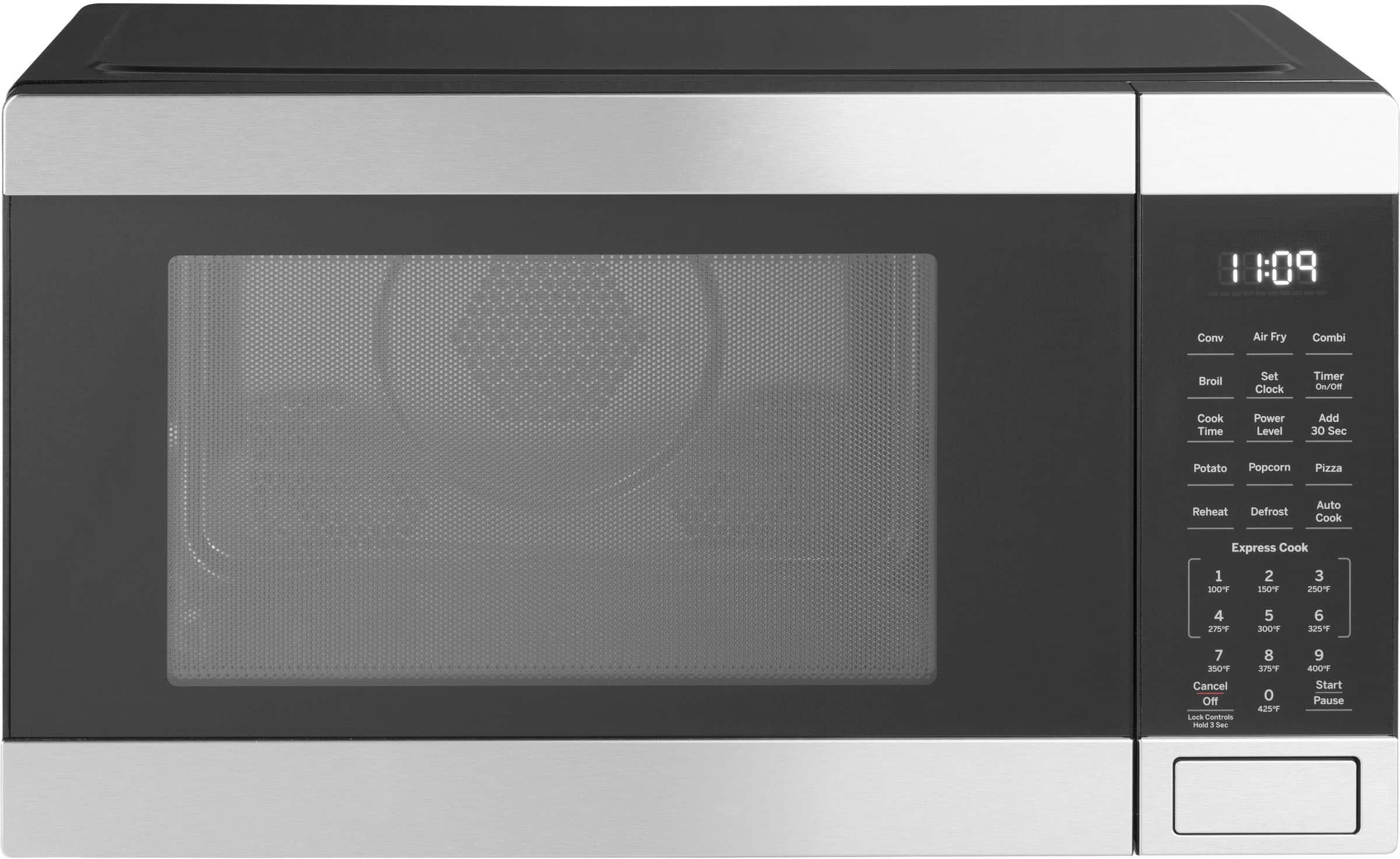
Credit: www.bestbuy.com
Frequently Asked Questions On Microwave
What Is A Microwave?
A microwave is an essential kitchen appliance that uses electromagnetic waves to cook or heat up food quickly and efficiently. It works by producing microwaves that excite the water molecules in the food, generating heat and cooking the food from the inside out.
How Does A Microwave Work?
A microwave works by producing electromagnetic waves of a specific frequency, which excite the water molecules in the food. These excited molecules generate heat, cooking or heating up the food. Unlike traditional ovens, microwaves cook the food from the inside out, resulting in faster cooking times.
Is It Safe To Use A Microwave?
Yes, using a microwave is safe as long as you follow the manufacturer’s instructions and use microwave-safe containers. The microwaves used in these appliances do not make the food radioactive or contaminate it. It is important to avoid using metal containers or aluminum foil in microwaves, as they can cause sparks and potential damage.
What Can You Cook In A Microwave?
Microwaves are versatile appliances that can cook a wide range of foods. You can use them to reheat leftovers, cook vegetables, steam rice, bake potatoes, make popcorn, and even prepare desserts like mug cakes. However, it is important to note that not all foods are suitable for microwave cooking, and it is essential to follow recipe instructions for best results.
Conclusion
To sum up, microwave ovens have become an indispensable part of our modern kitchens. They offer quick and convenient cooking solutions, saving both time and energy. With advanced features and technology, microwaves not only reheat food but also cook, defrost, and even bake.
Whether you’re a busy professional, a college student, or a parent on-the-go, a microwave can be your trusted ally. Invest in a reliable microwave and experience the ease it brings to your daily cooking routine.
